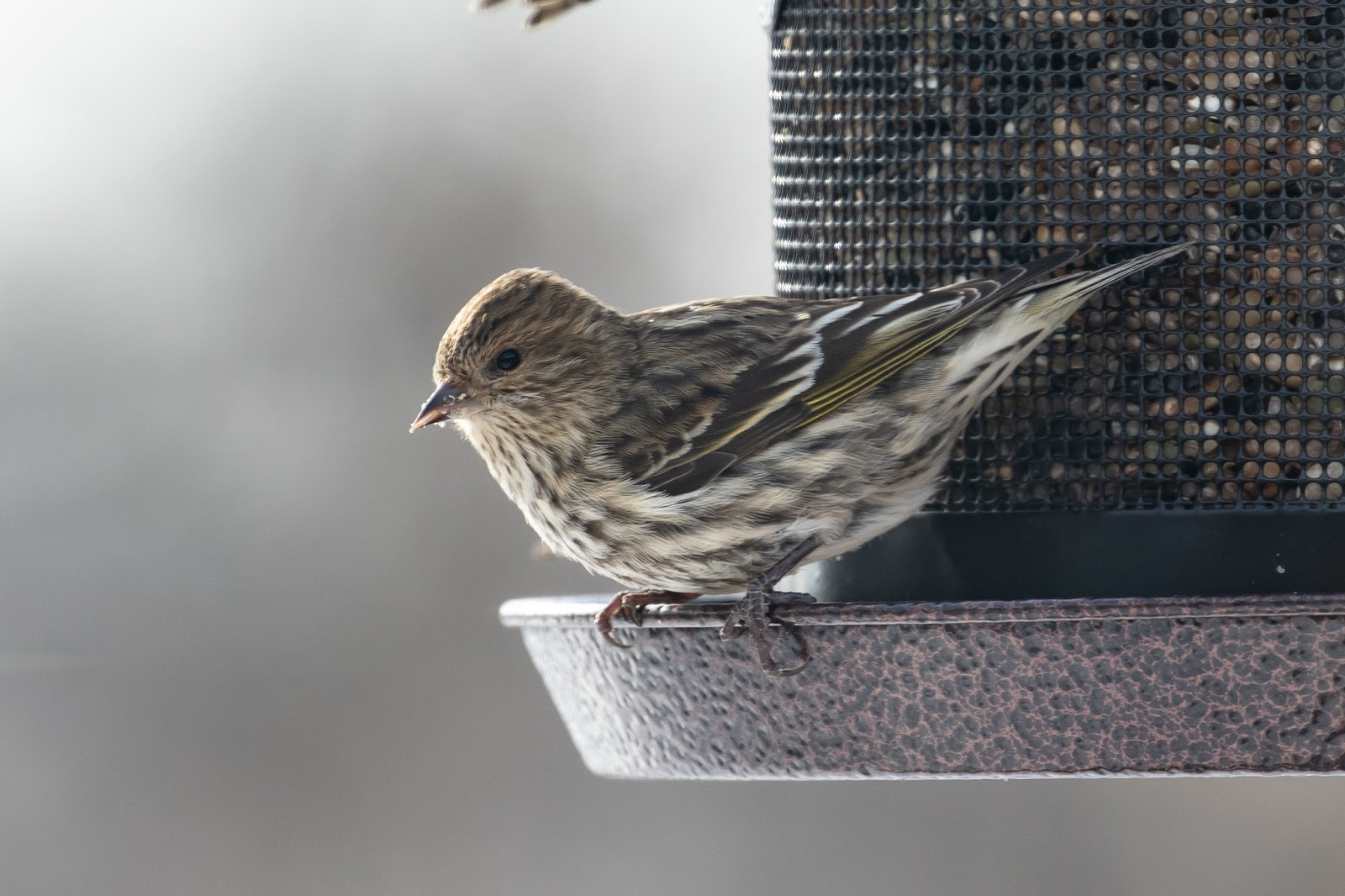by Ryan F. Mandelbaum
After Tyler Hoar’s promising first Winter Finch Forecast, Pine Siskins have already started to push southward across the Eastern United States. While August had few reports of the bird outside of boreal and pine forest areas, Siskins have now been reported attending to cones and feeders across the West, Midwest, New England, and even into the south of Louisiana, Texas, and coastal North Carolina.
Below, you can see a comparison between Pine Siskin reports in August and September, demonstrating the recent movement:
Pine Siskins are the ultimate generalist of finches, feeling at home in both boreal and montane habitats where they feed on conifers, grasses, as well as deciduous trees like alder and birch. Though some of the birds undertake a regular migration, many will also irrupt southward or eastward approximately every second year in response to bad conifer crops in the core of their range. However, Pine Siskin movement is erratic, and the birds might occur at unexpected times and in unexpected places.
This year, Hoar predicted that many Siskins would remain in western Canada due to strong spruce crops, but that those remaining in the eastern forest would likely move southward in search of a meal. Indeed, this movement has started and exceeded our expectations, both in the East, and in the West, where a massive movement of Siskins was recently reported on Vancouver Island. These buzzy, streaked finches use their pointed bill to eat small seeds, and prefer nyjer at a feeder. If you’re lucky enough to encounter Pine Siskins on your hikes or at your feeder, please consider filling out a report on eBird.
FiRN is a nonprofit, and has been granted 501c3 status. FiRN is committed to researching and protecting these birds and other threatened finch species like the Evening Grosbeak and Rosy-finches, and if you have been enjoying all the blogs and identifying of Red Crossbill call types, redpoll subspecies and green morph Pine Siskins FiRN has helped with, please think about supporting our efforts and making a small donation at the donate link below.

